Are you totally flummoxed when it comes to pruning hydrangeas? Do you always forget which ones flower on old growth and which on new, sending you into gardening paralysis? How many times have you been pleased as punch with yourself, thinking you did the right thing, only to find you don’t have a single bloom come summer? Do not fear my friends, as I’m here to tell you all how easy it is. I’m going to demystify the whole thing and give you a really simple guide to keep.
Remember that one fine day in February when it was deliriously sunny? Well, I grabbed my trusty secateurs along with my camera and tripod and filmed myself pruning my paniculatas (not a euphemism). There’s a little running commentary all the way through. To accompany it, below is a very easy to understand written guide. You are most welcome!
But, first I must apologise for not being around much this week, other than my usual Sunday column. I had a little operation, so I’ve been recovering. It has given me time to write this for you and also record a few more audios, which will be out next week. If you’re wondering where Stage Three of my Kitchen Design Course is, that’ll be back next Sunday. We’ll be discussing islands, storage and cupboard/drawer placement, among other fabulous things. If you want to catch up then here is Stage One and Stage Two.
If you have any questions and want to message me directly, then paid subscribers and people I follow, can now use the new direct message system on Substack, which is on the Chat section of the app and the website. You can also message each other this way!
In the very simplest of terms: Hydrangea paniculata (Limelight, Phantom, Silver Dollar, Vanille Fraise, etc) and Hydrangea aborescens (Annabelle) all produce flowers on new growth. So, they can be pruned right down to 10cm from the ground, as all the flowers will come from the new growth.
Hydrangea macrophylla (mopheads and lacecaps) and Hydrangea aspera, Hydrangea serrata and Hydrangea quercifolia all flower on last year’s growth. So, you should only lightly prune these by taking off the spent flowers. I’ll go into climbing hydrangeas in a moment too.
Hydrangea paniculata and Hydrangea aborescens
Hydrangea paniculata and aborescens flower on new growth. This means that you can cut them back as hard as you like and you won’t be in danger of losing this years blooms. If you don’t want to, you don’t have to prune them at all. But, they will get leggy and you’ll have much smaller flowers. The blooms will all be at the top of the shrub too. Personally, I like to cut back both varieties to 30cm above the ground around the end of February/early March. It creates a nice sturdy frame and you’ll get masses of blooms. Always cut just above healthy buds. Annabelle (Arborescens) purists will want huge white blousy blooms. To achieve this you’ll need to cut right down to about 10cm above the ground. They will be much more inclined to flop without support though.
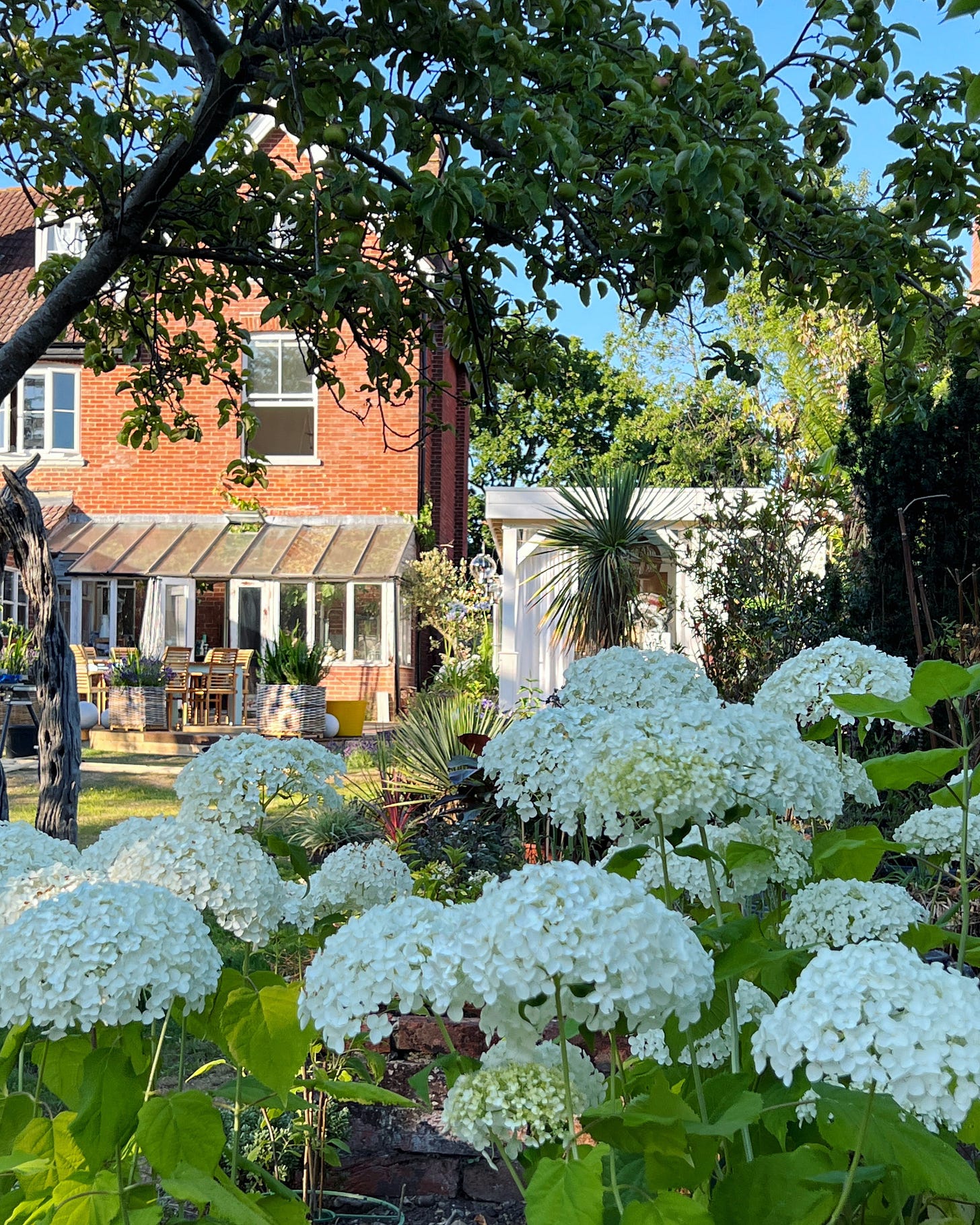
As I’ve said, I think end of February to early March is the perfect time to prune this variety, but I know trusted gardeners that prune from November to January. The point is, they flower on new growth, so it doesn’t really matter too much. But, I like to have something pretty to look at in the winter frosts. The desiccated spent blooms look like something out of a fairytale covered in hundreds of thousands of tiny frost crystals.
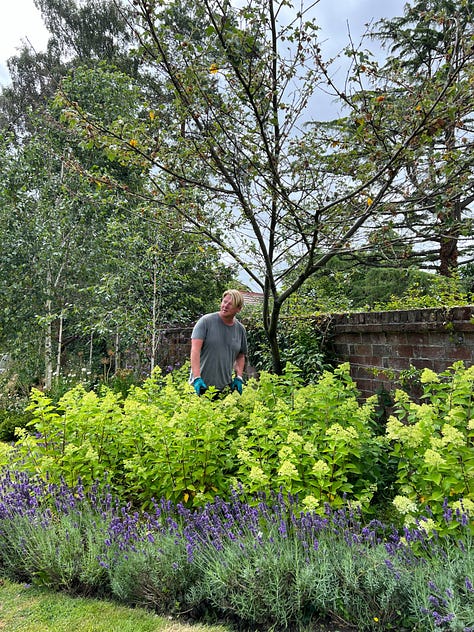
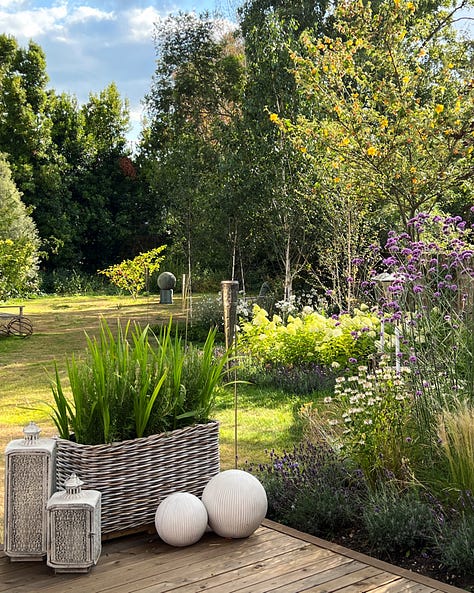

I’m a no-fuss gardener, always have been. So, I much prefer my Limelights (paniculata) to Annabelle. They are far less fussy and they support themselves. They also seem to be much happier in almost any kind of soil and conditions. I have them in full sunshine with no problem at all.
Hydrangea macrophylla, aspera and serrata
Mophead and lacecap hydrangeas (Hydrangea macrophylla) and aspera and serrata varieties flower on the previous years' wood. Now, the thing is, most shrubs that flower on last years’ growth require pruning straight after flowering. But, not these my friends! The stems are a bit like a sponge and hold a lot of moisture. If you prune them in autumn and create an open wound, then the water inside them can freeze come winter, potentially killing new buds and the stem. By leaving the spent flowers on the stems till April, when hopefully the worst frosts are over, you’ll protect the new buds and stems from the worst of the winter.

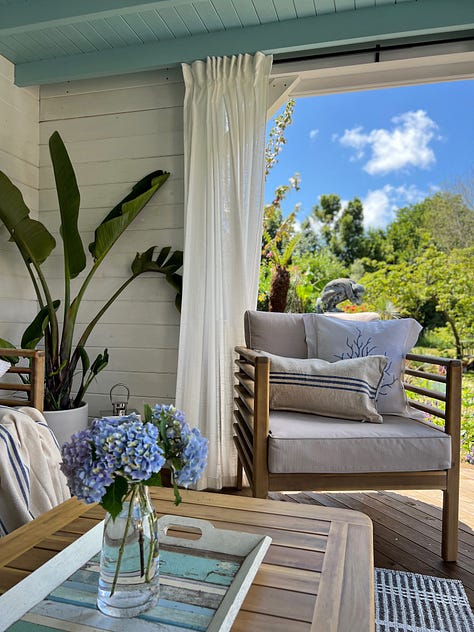

Where you do prune? It’s very simple: just take off the dried flower heads above a pair of new buds. Remove any weak, or crossing stems and no more. That’s it. EASY!
Hydrangea Anomala petiolaris
I thought I’d also just give a brief mention to the climbing hydrangea. These are perfect for a north or east facing wall. It’s one of my favourite climbers and I do love something that can create its own support system by growing aerial roots! The foliage is dark green and heart-shaped. The blooms are wedding dress white lacecaps and are a bit of a show off.
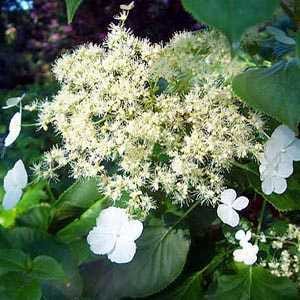
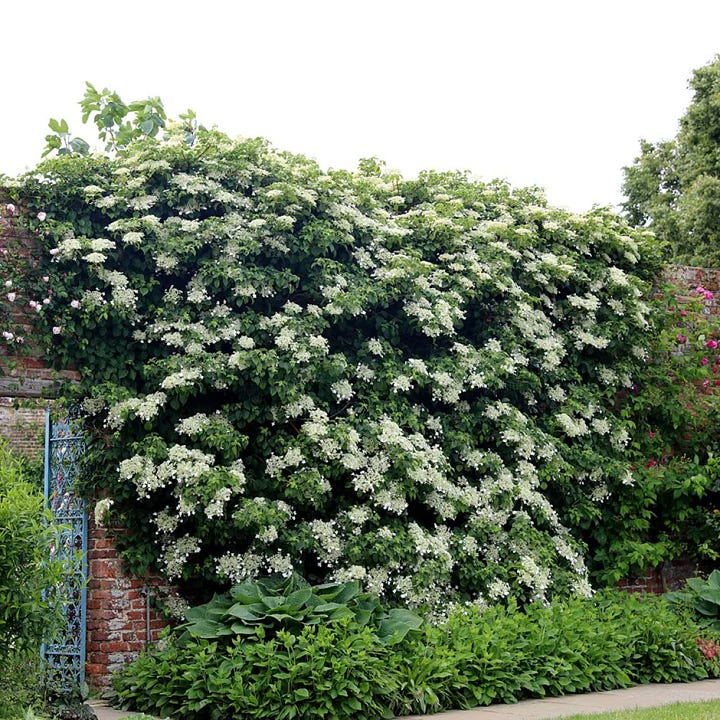
It’s a super hardy hydrangea and will grow vigorously once it’s established. I planted two on a huge wall in my last garden and within four years it was completely covered. It’s deciduous, so it will lose its leaves in autumn/winter. You’ll have to support it in its first year, but after that it will start to support itself. Prune it straight after flowering in summer. It flowers on old wood. I usually just take the flower heads off. If, however, it’s getting out of control, then don’t be afraid to hack it back a bit to keep it neat. Just remember that you’ll only get flowers on the stems that you leave though. It flowers on the growth from last year, so don’t go mad!
That’s it! I hope that was helpful. Happy pruning everyone.



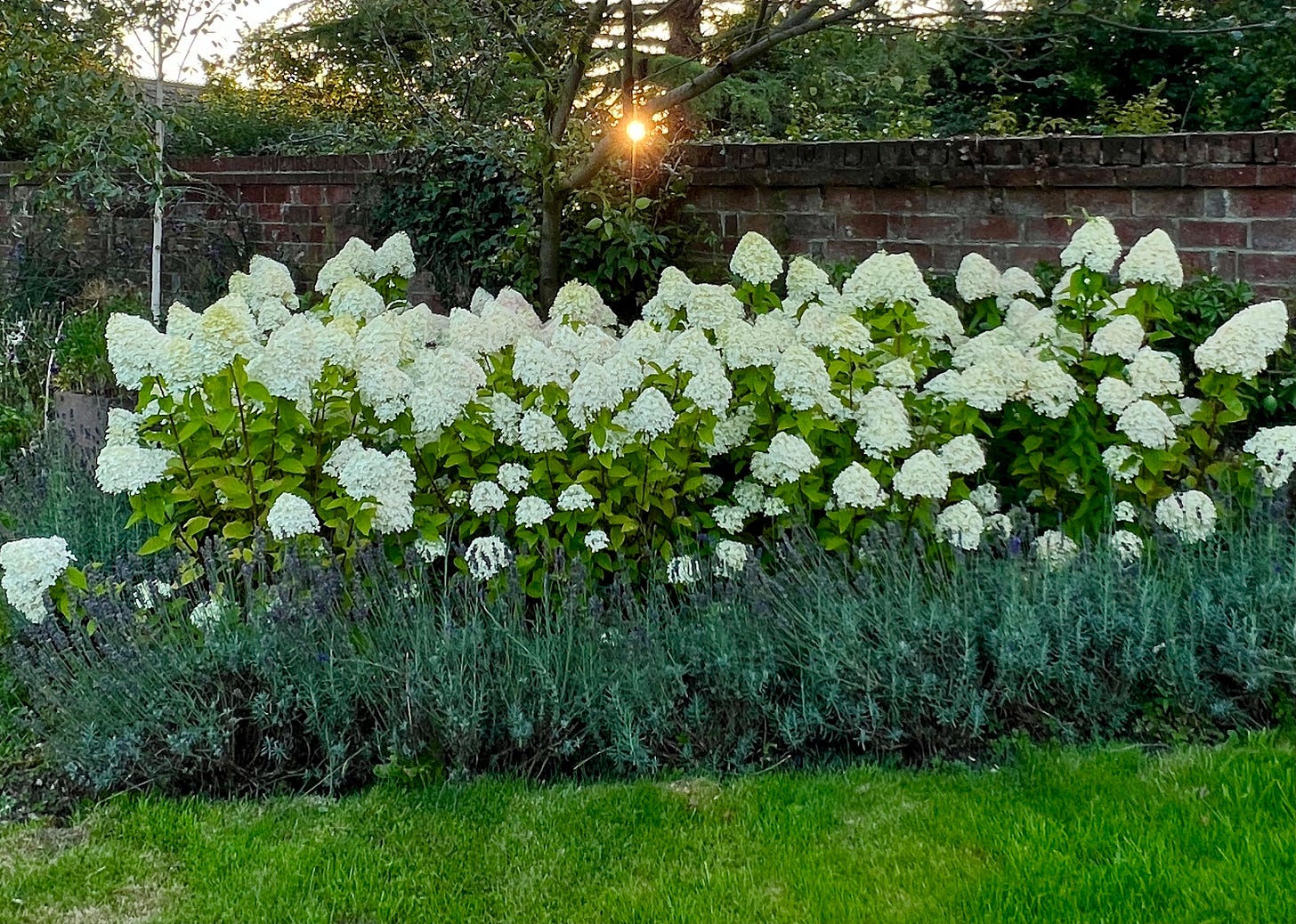

Great words & advice JP
Brilliant and I love how you have planted a whole bed with the same hydrangea. Where do you buy yours?